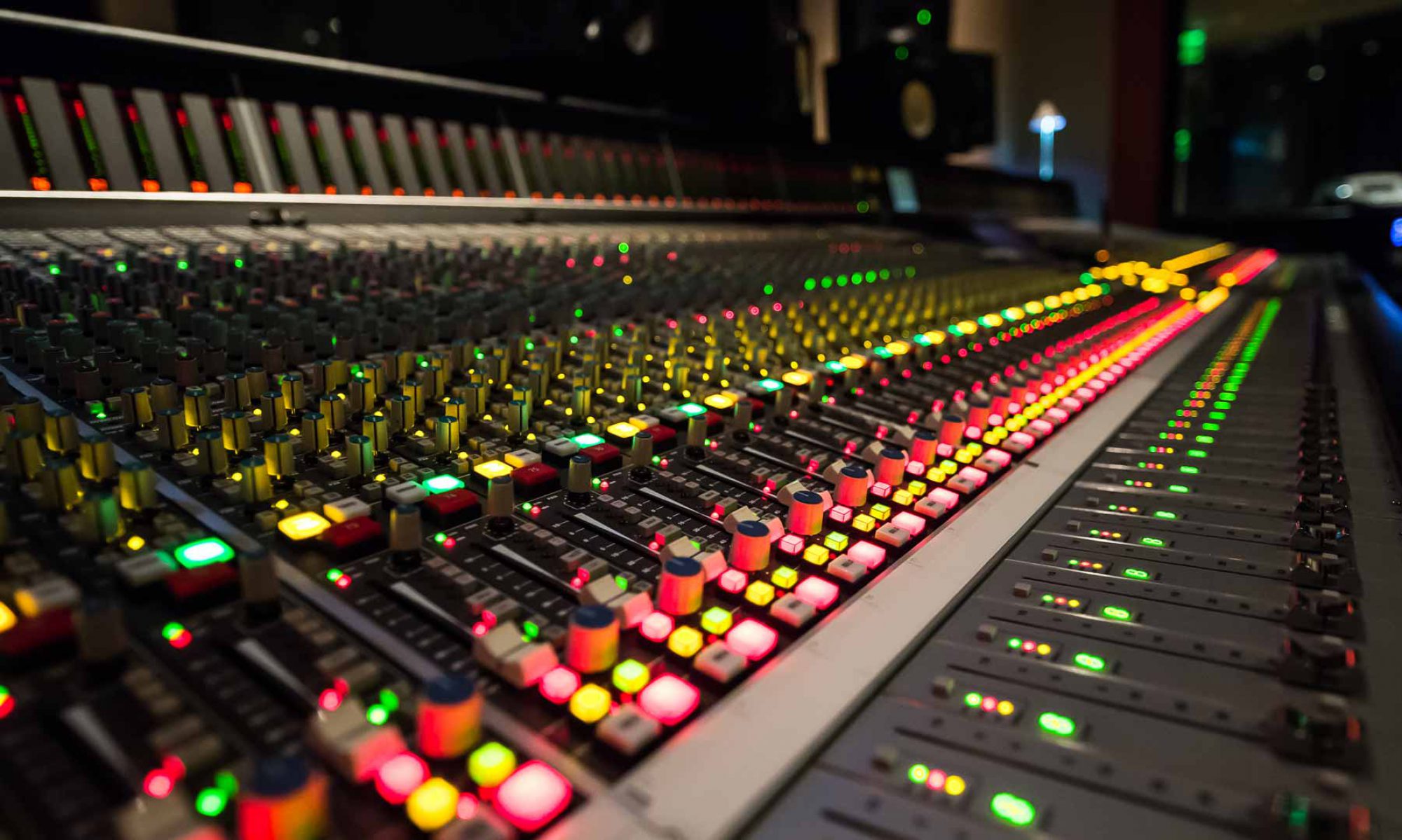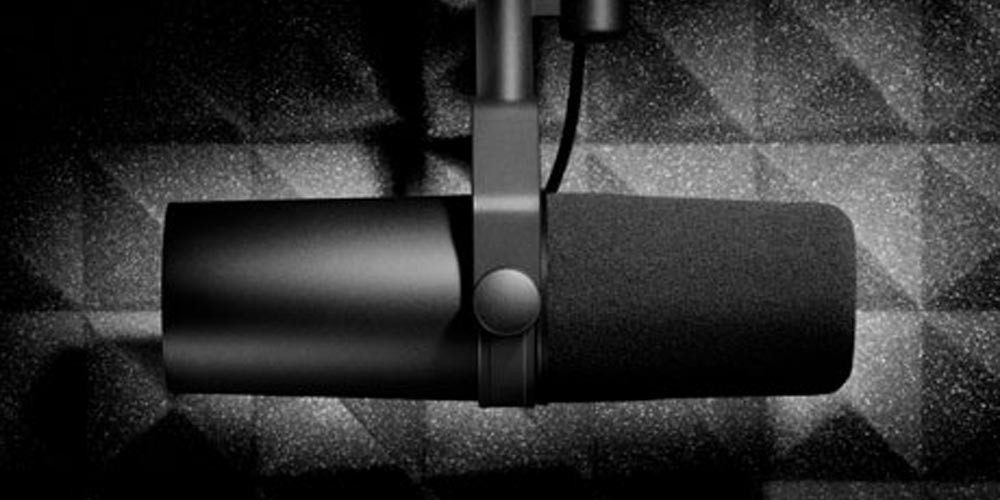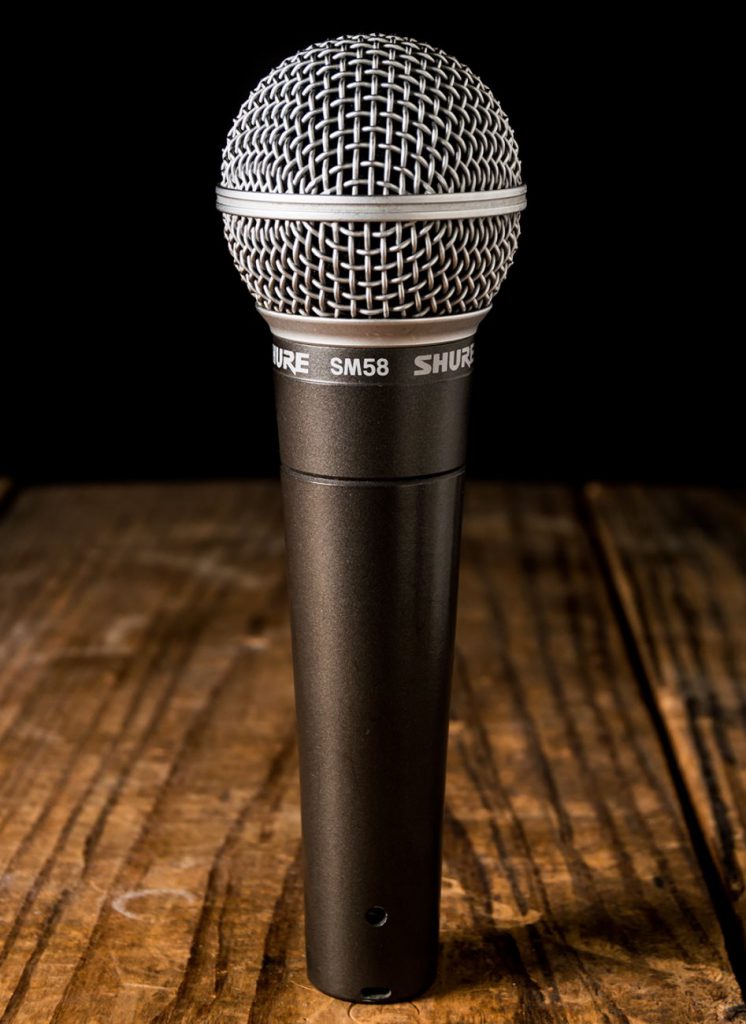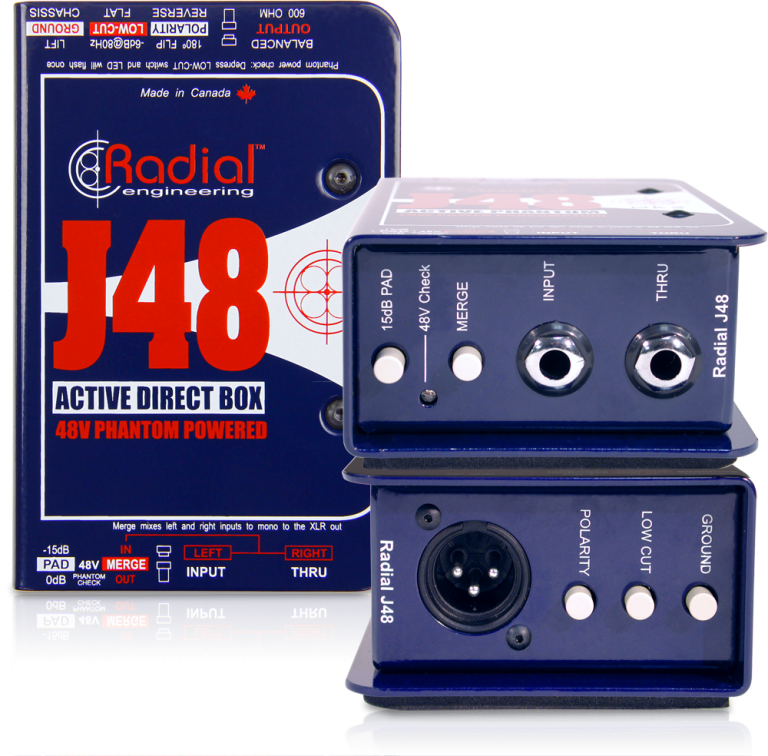Welcome back to Studio.Stage.Live! Hopefully this week finds you busy with new work. It’s been a strange season for all of us that’s for sure. Over the last couple of weeks I’ve been talking about reasonably priced alternatives. For the first week we talked about direct boxes and compared the Radial Lineup to one of my personal gotos in a pinch, the IMP. Last week, because so many of us are doing studio work or podcasts, I compared the SM7b to the SM58 and things were a lot tighter than even I expected when I started writing it. This week I have another hopefully useful alternative for you to consider. A lot of us use touchscreens, whether for a Waves program or remote control app for a mixer. The one every company suggests that you get is the Dell P2418HT, which is a great option but I think there is a product that we can find (I’ve personally bought several of) that has similar specs and maybe a few extra features.
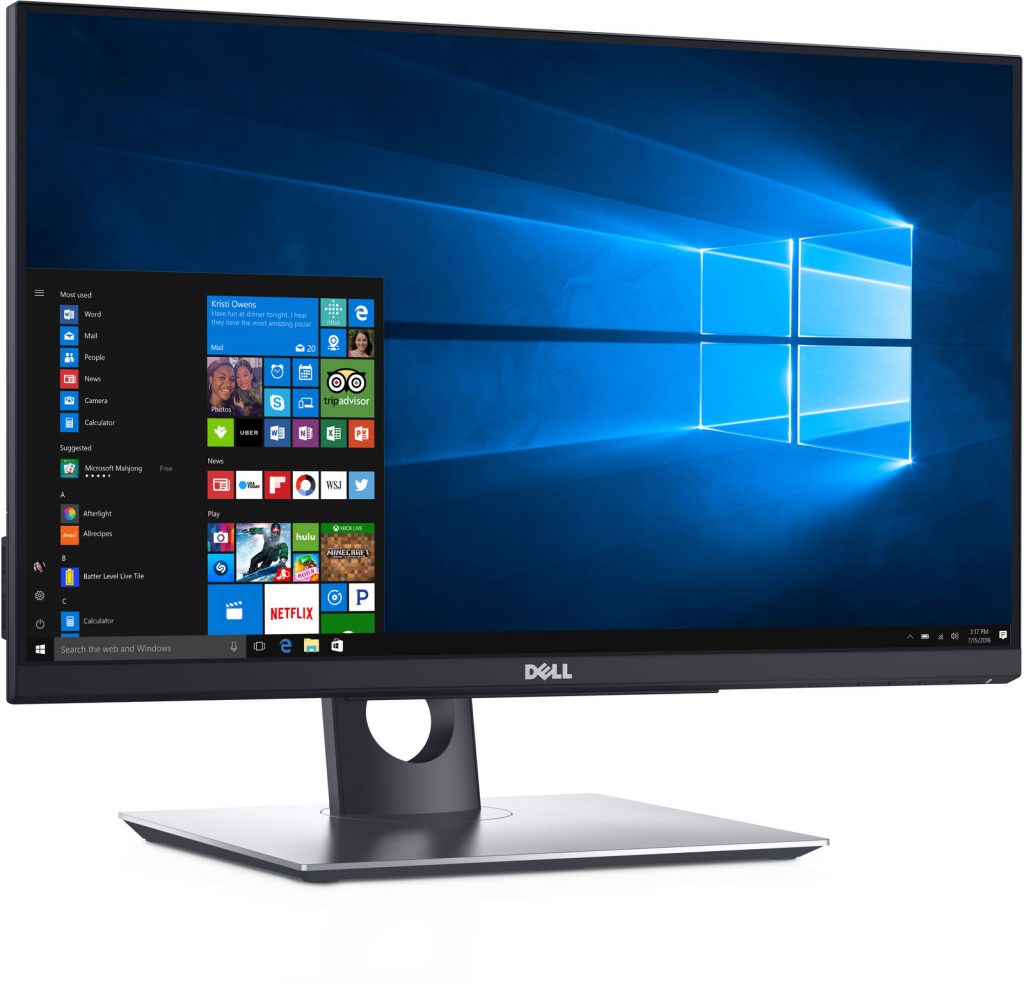
But first the Dell. With a native resolution of 1920×1080 it checks basically all the boxes for most applications (there are quite a few touchscreens with a much lower native resolution). This monitor is an IPS panel with an hdmi port and a full displayport for connection options. The display also supports a full 10 finger multi-touch which is the other feature to make sure your screens have before you buy them. There is even a built-in usb hub built into the screen itself so that when you plug in the usb cable for the touch support, you get a few extra ports near the monitor itself. All of this with no extra driver necessary for operation. Probably the one thing you get with this monitor that most others don’t have is that if you keep it on its stand, you can lower it down to the desktop or raise it up quite a bit. But the biggest feature is the ability to rotate and have it sit vertically. Add all that to an anti-glare screen surface and a basically miniscule bezel, you are left with a product that is well worth the money. We have several of these in service and have had nothing but predictable and extremely reliable service. Sometimes the anti-glare service is a bit uncomfortable to use but in the environments we are working in, anti-glare is incredibly helpful. There are also VESA mounting options which is always important for me and can be handy down the road. The only real problem here is that MSRP is over $300. Even used, if you can find them, isn’t that much cheaper. I also have not seen any additional sizing options if circumstances warrant a smaller option.
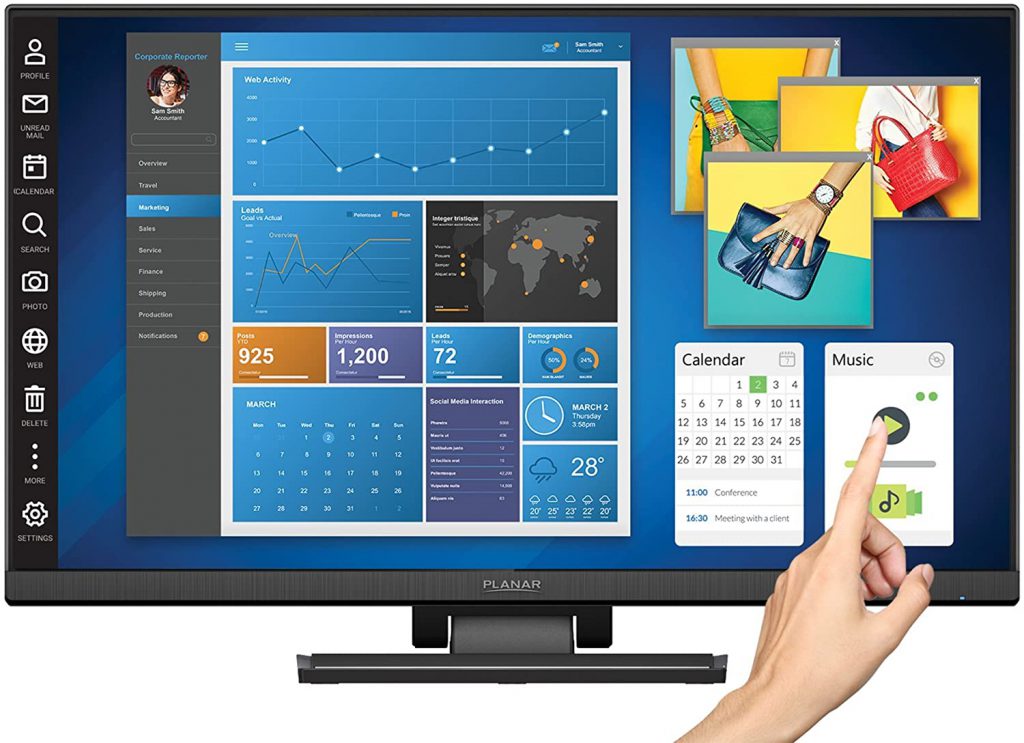
But the good news is that there is a great alternative that at the very least is cheaper so that if you want a touchscreen, the cost of entry is more reasonable. That alternative is the Planar Helium PCT2435. This display checks all the boxes, at least for me. It has that native resolution of 1920×1080, it supports 10 finger multi-touch, built-in USB hub, and an HDMI and VGA connector set for use with your computer’s video card. Much like the Dell option, this monitor also has built-in Windows 10 support. While the stand doesn’t get as tall as the Dell does, it does support turning the display 90 degrees (not natively, you’ll need to take off the mount and manually remount it). There are also VESA mounting holes. A side benefit is that the monitor does come in three sizes: the 24” we’ve been talking about as well as a 22” model and a 27” model, priced accordingly. There are some different stand options as well. The only catch to this is that the price of this display fluctuates wildly. I’ve bought one for ~$225 before which is a great deal but as of right now, they are sitting just below the Dell monitor. Something to keep an eye on. But, remember the screen size options. If 24” isn’t a needed thing, check out the smaller models. The 22” with just a regular stand ( also includes VESA) is ~$100 cheaper. This was the first screen we bought from Planar as a test subject and it’s currently in use at my FOH position for Waves SuperRack. It doesn’t have an anti-glare coating but because of where the monitor is located that isn’t an issue. The timing of this post isn’t too great from a price standpoint but I still wanted to write it knowing the price will go down. The Planar displays have been really great and I feel like they might even be a better value. I love the presence of the VGA port instead of the displayport and when a pandemic isn’t on, they are usually $75-$100 dollars cheaper. Would I buy the Dell if they are about the same price? The answer to that question is maybe. But right now there is still about $20 difference and for me, working where I work (at a church), every dollar counts. The good news is that even now, on Amazon, they have a used option that is quite a bit cheaper than the Dell. Because we have Amazon Prime and can return if there are issues so easily, it’s a no-brainer for me.
Hopefully this week, as well as the others, have introduced you to some alternatives to the mainstream gear. There is a lot of great stuff out there that if you’re willing to try, you might save some big bucks with and be able to pick up a few extra toys. If you have any questions about my experiences with Planar displays, just drop me a message either here in the comments section or on Facebook. I have a few more posts talking about some other reasonably priced alternatives so if you don’t want to miss anything, click this link, and subscribe to this blog. Have a great week!
